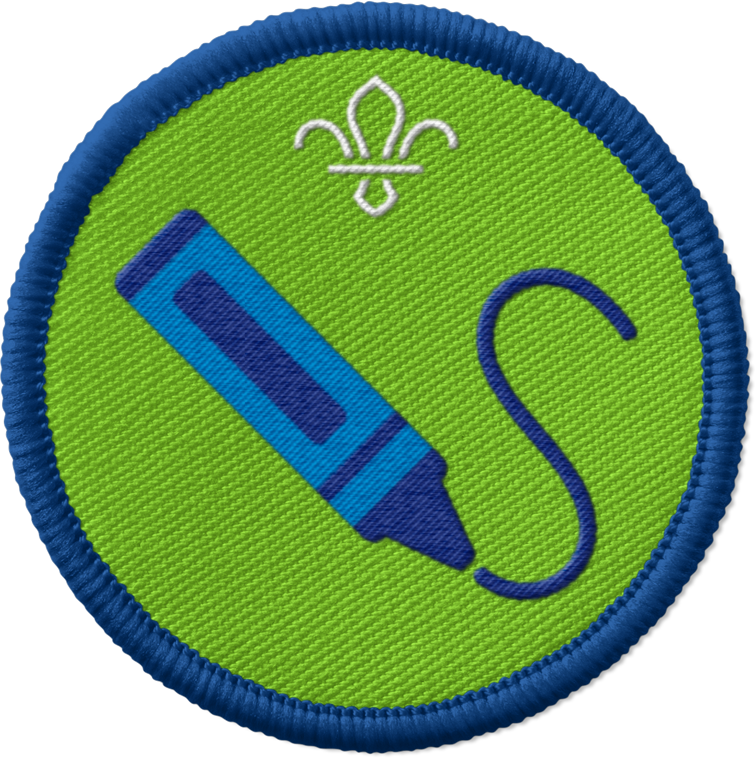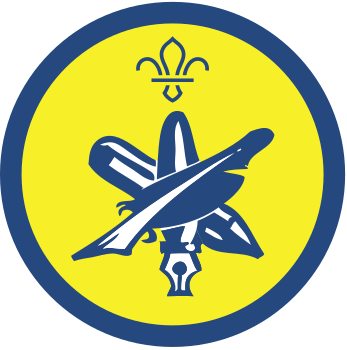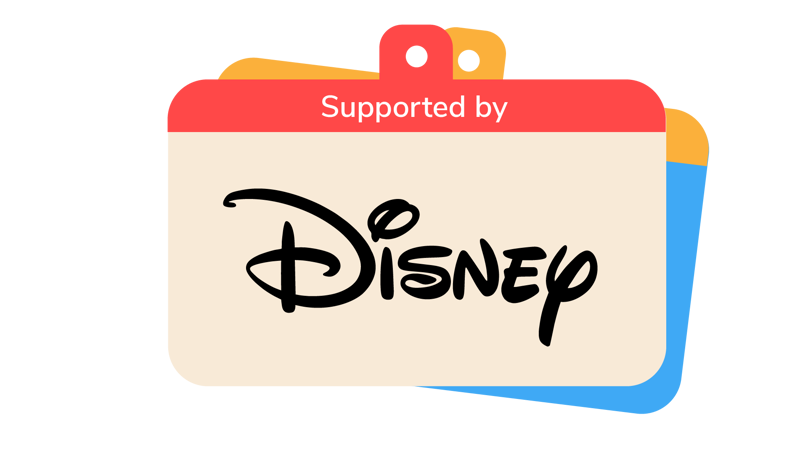
Make Queen Elsa’s ice palace snowflakes
You’ll need
- A4 paper
- Scissors
- Coloured pens or pencils
Before you begin
- Use the safety checklist to help you plan and risk assess your activity. There's also more guidance to help you carry out your risk assessment, including examples. Don’t forget to make sure all young people and adults involved in the activity know how to take part safely.
- Make sure you’ll have enough adult helpers. You may need some parents and carers to help if you’re short on helpers.
Planning and setting up the activity
- This activity requires square pieces of paper. You can buy paper that’s already square shaped, you may want to cut down rectangular paper ahead of time, or you could let young people cut their paper into squares as part of the activity.
- We’ve attached a snowflake template that has line guides to help with folding. However, the template isn’t necessary to complete this activity if you’d prefer not to use it
- As this activity heavily relies on scissors, please ensure there is significant adult supervision.
Introducing Queen Elsa and setting a snowy scene
- Gather everyone together in a circle. Ask everyone if they’ve seen the film Frozen. See if anyone can remember what happens in the story.
- Ask if anyone can remember what the weather was like in Arendelle, where Princess Anna and Queen Elsa lived in Frozen. Someone might say it was snowing or icy.
- Tell everyone that Queen Elsa was the Queen of Arendelle. She has magical powers. She can make ice with her hands, but she struggles to control the powers when she gets upset and hurt her sister Princess Anna accidentally. To protect everyone in her kingdom, she leaves and creates a snowy ice palace using her powers.
- Ask if anyone remembers the song Let It Go, which is when Queen Elsa builds her ice palace. Ask people what you see when Queen Elsa builds the palace.
- You could show everyone the music video to Let It Go on YouTube or Disney+ if you're able to. If not, you could print of pictures of Queen Elsa building the ice palace instead or see if people have watched the film and can remember what there is. There are lots of snow and snowflakes, which is the answer to try to encourage.
- Tell everyone you’re going to make some snowflakes, just like Queen Elsa’s.
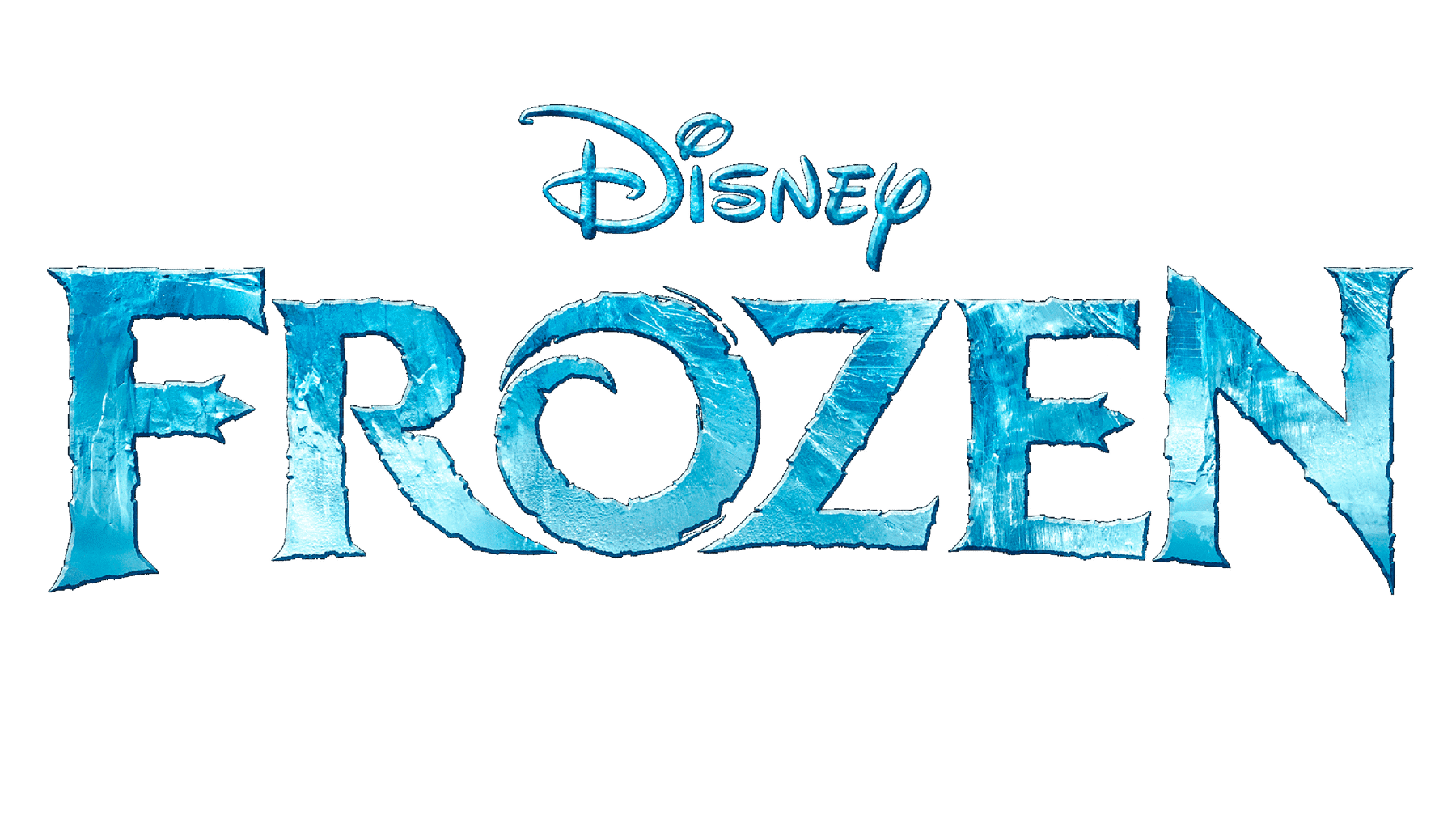
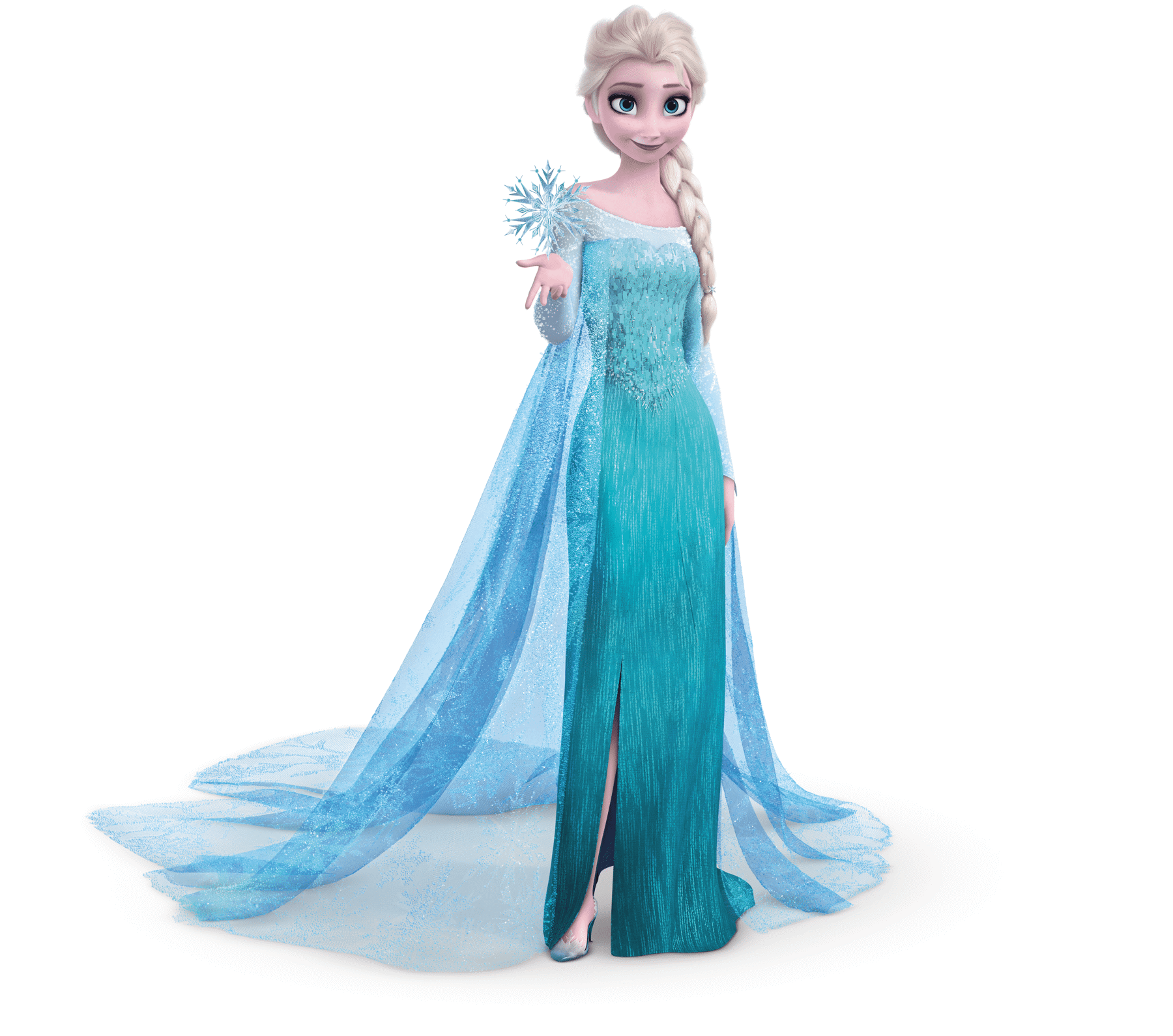
Make the snowflakes
- Everyone should take a square piece of paper.
- Fold the piece of paper in half diagonally, so it becomes a triangle. Press down gently on the fold.
- Now, fold the triangle in half again, making a smaller triangle.
- Fold this smaller triangle into thirds. Start by bringing the top right point towards the left by one third.
- Then bring the top left point towards the right by one third. You might have to adjust the folds to make sure the edges line up perfectly.
- Cut off the top two-pointed ends so you’re left with a small triangle.
- Now, draw out a pattern and shapes to cut out. Cut your snowflake pattern into the sides of this small triangle. You can cut triangles, diamonds, curves, even half hearts. Remember, you cut off the tip, you’ll have a snowflake with a hole in the middle.
- When you’re ready, carefully cut out your pattern along the edges, then gently unfold the paper to reveal the design.
A snowflake is unique and so are you
- When you’ve all made a snowflake, get everyone together in a circle. Ask everyone to hold their snowflake up so everyone can see it. It’s OK if people don’t want to and they should never be forced to.
- Ask everyone what they notice about all the snowflakes. They’re all different!
- Snowflakes we see in snowy weather all have unique patterns and shapes. No two snowflakes are the same. Tell people that just like how each snowflake is unique, each person is also unique. We all look different, we all like different things and we all have different ideas.
- Ask everyone to think about characters in Frozen and what makes each of them unique. Some other ideas are:
- Queen Elsa is powerful and protective
- Princess Anna is determined and caring
- Olaf is funny, outgoing and caring
- Kristoff is loyal and strong
- Sven is playful and loyal
- Ask everyone to write down or draw on their snowflake what traits make them special and unique. They may include things they like, their pets, their hobbies, things they've done or who they are.
- Tell everyone that we’re all unique, just like the snowflakes we made. It's important that everyone is different because it means everyone can bring different experiences and ideas to the world.
- Snowflakes also have similarities. They’re cold and made of ice. Just like snowflakes, everyone in the world has things in common too. Ask if there are any similarities between the characters in Frozen too. Some examples are they all live in Arendelle Princess Anna and Queen Elsa are both royalty, the Trolls are all magical and so is Queen Elsa. Princess Anna, Olaf, Sven and Kristoff are strong and brave when going to the castle. Princess Anna, Queen Elsa and Kristoff all share the value of loyalty.
- Now ask what makes you similar to someone else in the group. You might have the same type of pet, like the same foods, have the same hair, be kind, be helpful, be brave, like the same sport, go to the same school or be in Scouts. Is there anything everyone has in common? As Scouts, we have a shared set of values. It is important to remind people that we can all have shared values, but there is still space for individual uniqueness.
- On the other side of the snowflake, write down or draw something that you have in common with someone else.
- Ask everyone what happens when all the snowflakes come together. They look amazing, but they also all work together to create a snowscape.
- Explain that this is the same when lots of people come together. They’ll all have similarities, but they’ll all be unique and have amazing skills, stories, ideas and interests. They can work together as a team and all take on different roles or jobs. You could hang your snowflakes up in your meeting place to show how everyone's individual, unique snowflake comes together to help be part of a big, brilliant team.
- Explain that it’s important to know that we’re all unique, but also have things that are the same as everyone else. Finding the things that we have in common with other people helps us to make friends, learn about them and understand others. This helps us to be kind and accepting, and it can help stop people being unkind. When we find things that are similar, we make friends. Making friends helps us to understand, care and respect others. We can have lots of fun and feel happy with new friends. We can also share what makes us unique and learn new things from other people, just like Kristoff and Princess Anna learned from each other.

Reflection - Feel, don't conceal
In this activity, we made snowflakes. We had to be careful when cutting them out and listen to the instructions to fold the snowflakes. We also got to be creative when designing and making the snowflake. What did you find easy about making the snowflake? What did you find tricky? Did someone else help you or did you help anyone?
The snowflakes showed us how the Frozen characters and ourselves are all unique. Was it easy or hard to recognise what made the Frozen characters unique? Was it easy or hard to find out what made you unique? Did you help anyone else talk about what made them special? Or did someone help you find what made you special? Sometimes it’s easier for others to see what makes us special. Why’s it important we’re all unique?
We also have things in common. Was it easy or hard to find similarities between you and other people here? Was it easier or harder than finding things that make us unique? Why is it important for us to have both different and similar traits to others?
If we bring all the qualities that make us unique together, we can work towards a common goal. Being unique allows us to bring different skills, talents and ideas, while being similar helps us to have shared values, respect, care and make friends. We can all come together to make a beautiful kingdom or community, just like we see in Frozen. Though the characters may be similar, they all use their unique strengths and talents to help each other and save Arendelle. How can you use your uniqueness to make Scouts a better place? Can you also use it make your wider community a better place?
Safety
All activities must be safely managed. You must complete a thorough risk assessment and take appropriate steps to reduce risk. Use the safety checklist to help you plan and risk assess your activity. Always get approval for the activity, and have suitable supervision and an InTouch process.
- Scissors
Supervise young people appropriately when they’re using scissors. Store all sharp objects securely, out of the reach of young people.
- To make it easier, let young people cut out shapes in their snowflake without any folding the paper. You could also have paper cutting stampers for them to use or scissors with different shaped edges.
- To make it harder, try out our more challenging paper snowflake activity
If there are some people who struggle with cutting or folding, you may suggest they work in pairs, or they could work with a young helper or adult volunteer.
All Scout activities should be inclusive and accessible.
You could explore some other Disney stories with our Disney activities
